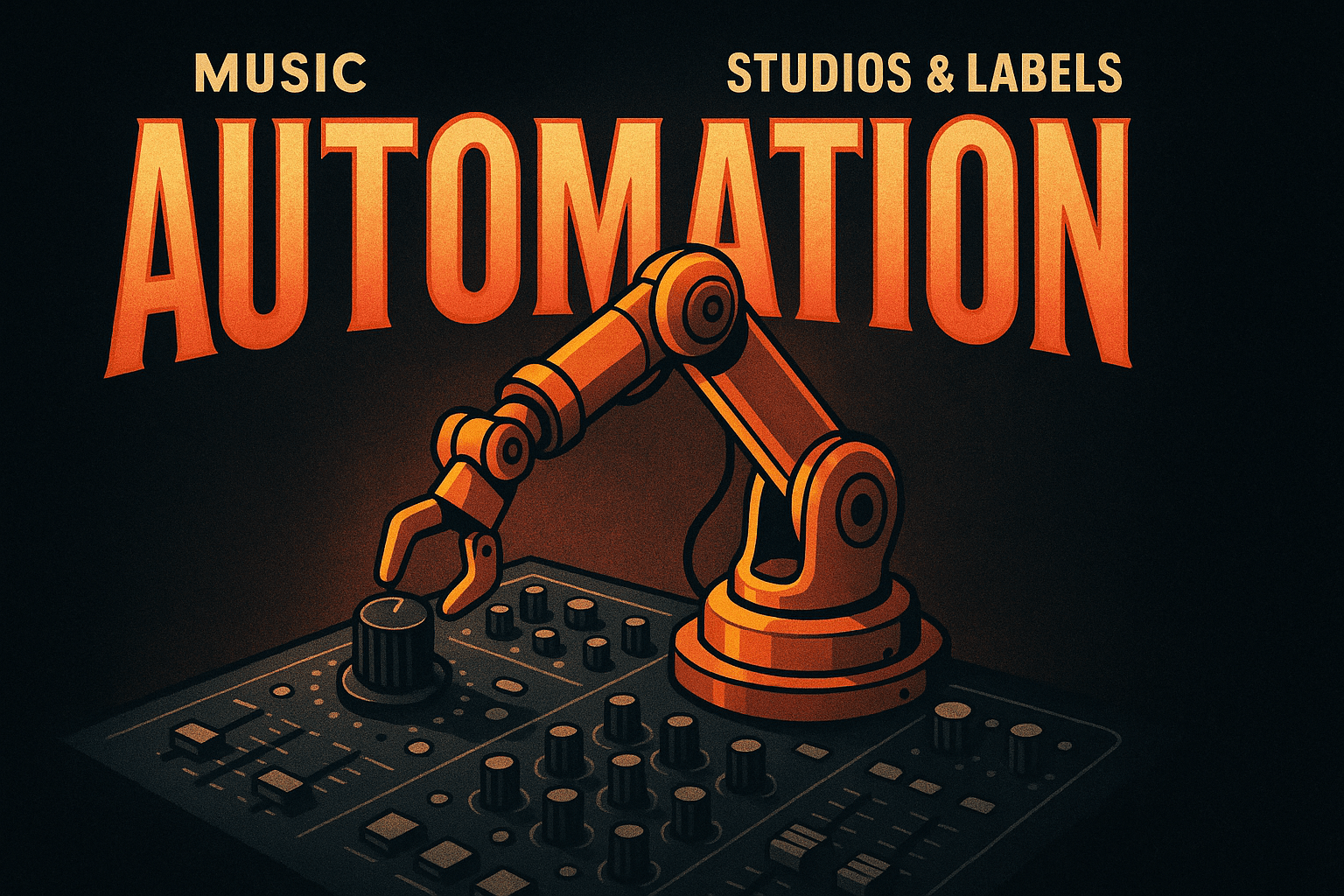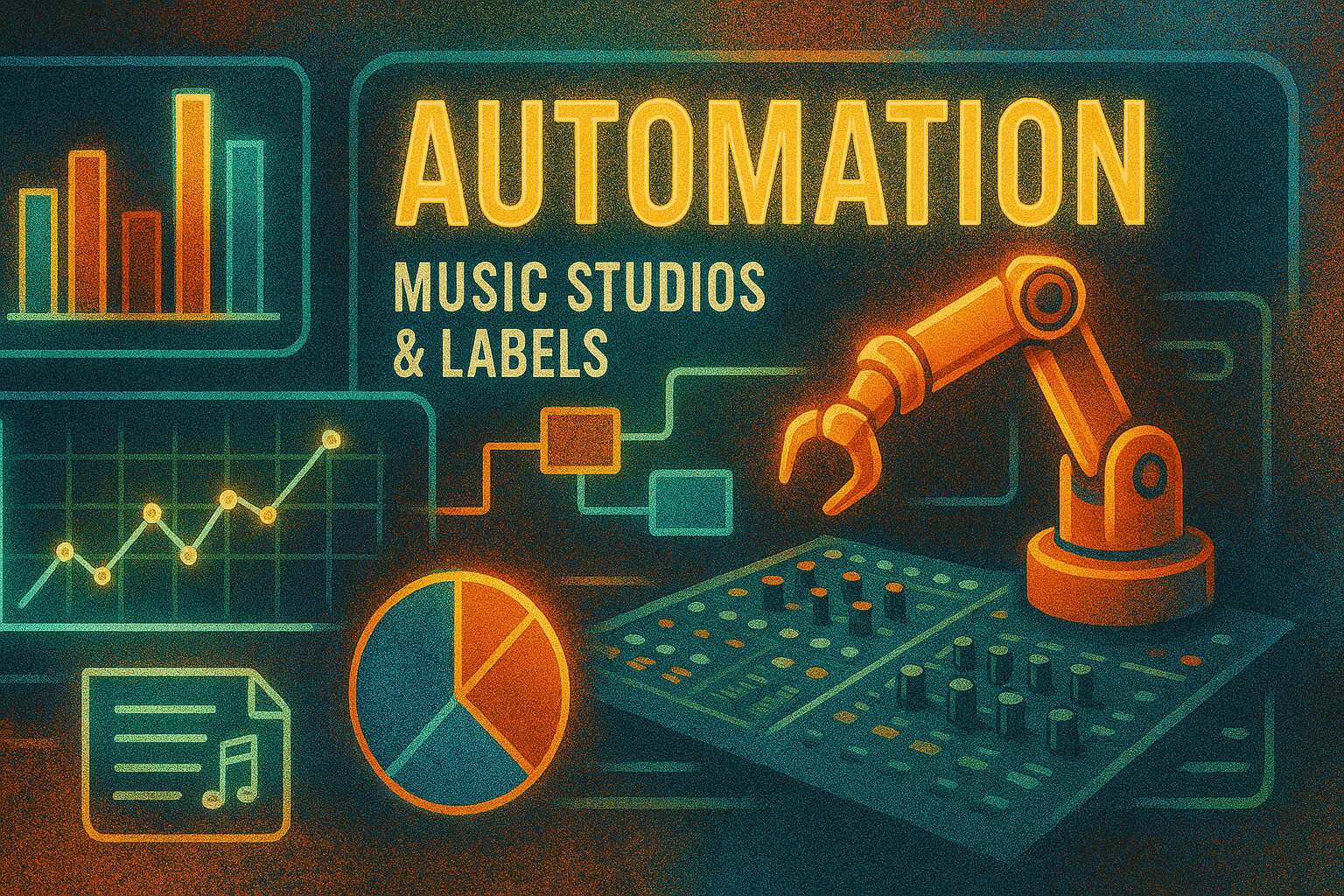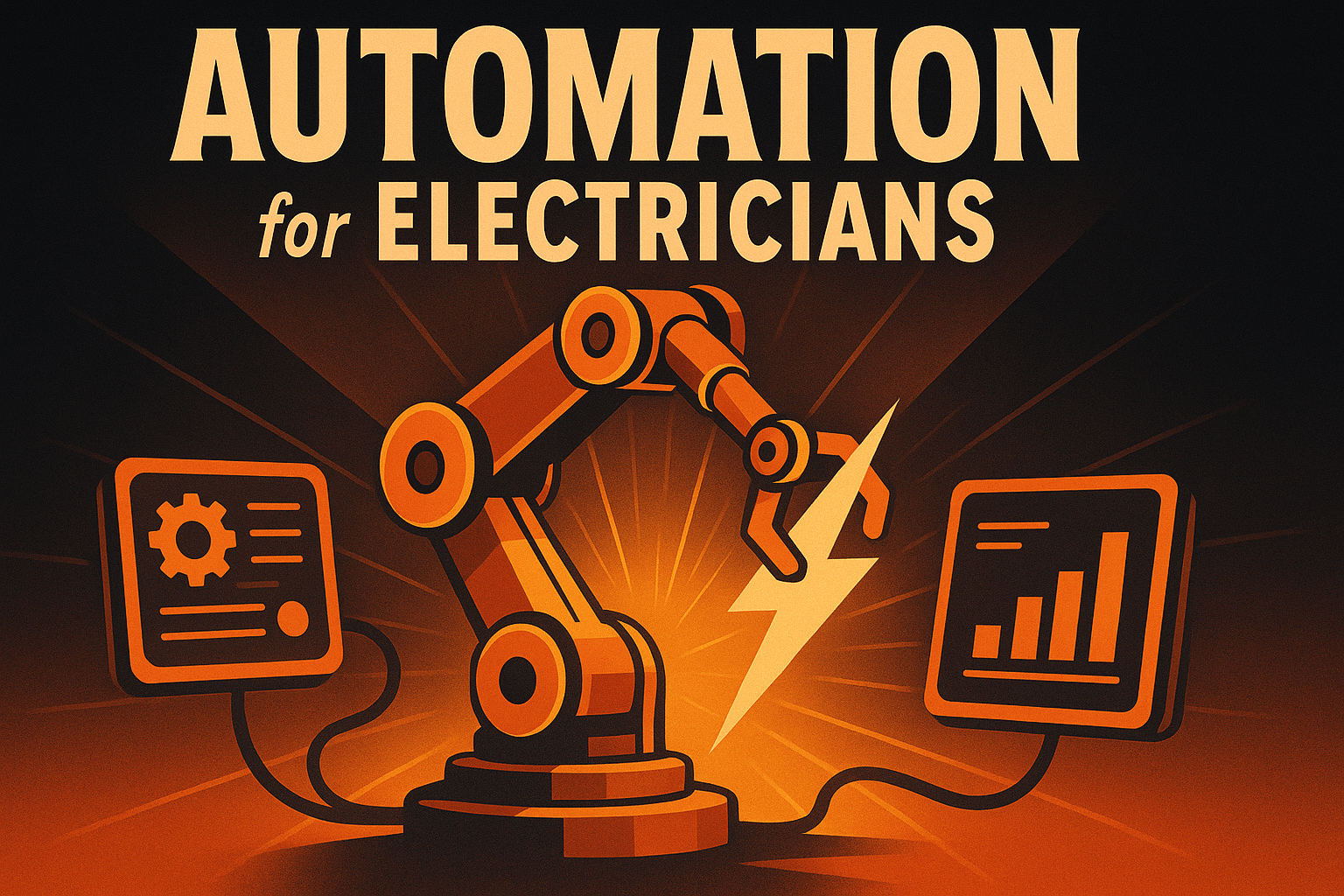A Simple System for Automation in Music, Studios & Labels
by Design Delulu Editorial · September 29, 2025

Smart, fast, and measurable. Here's how Automation helps Music, Studios & Labels win.
Why Automation Matters for Music Industry Success
The music industry landscape has transformed dramatically in recent years, with streaming platforms, digital distribution, and direct-to-fan marketing creating unprecedented opportunities—and challenges. For music studios and record labels, the ability to efficiently manage workflows, track performance metrics, and optimize marketing campaigns can mean the difference between breakthrough success and missed opportunities. Automation isn't just a nice-to-have anymore; it's essential infrastructure that allows creative professionals to focus on what they do best while systems handle the repetitive, data-driven tasks that fuel sustainable growth.
Consider this: while you're spending hours manually tracking campaign performance across multiple platforms, analyzing streaming data in spreadsheets, or managing artist communications through scattered email threads, your competitors are leveraging automated systems to gain real-time insights, nurture fan relationships at scale, and make data-driven decisions that compound their success. The music industry rewards speed and precision—qualities that automation delivers consistently, allowing studios and labels to scale their operations without proportionally scaling their overhead or sacrificing the personal touch that fans crave.

Overview
Smart, fast, and measurable automation systems provide music studios and labels with the competitive edge needed to thrive in today's data-driven music landscape. By implementing strategic automation frameworks, music professionals can streamline operations, improve fan engagement, and generate actionable insights that drive both creative and business decisions.
This comprehensive approach to music industry automation focuses on creating scalable systems that grow with your roster, adapt to changing market conditions, and provide the measurement infrastructure necessary to prove ROI on marketing investments and creative initiatives.
Key Benefits
- Event + ecommerce tracking with GA4/server tagging: Monitor fan behavior across streaming platforms, merchandise sales, and concert ticket purchases with unified tracking that provides a complete view of your audience journey
- Source-of-truth dashboards in Looker Studio: Centralize performance data from Spotify, Apple Music, YouTube, social media, and sales platforms into actionable dashboards that inform strategic decisions
- Attribution modeling that matches your funnel: Understand which marketing channels, playlist placements, and promotional activities drive the most valuable fan engagement and revenue
- Governance for consistent, clean data: Implement data standards and quality controls that ensure accurate reporting across all artists, releases, and campaigns
- Automated fan communication workflows: Nurture relationships with personalized email sequences, social media responses, and targeted content delivery based on listening behavior
- Revenue optimization through dynamic pricing: Automatically adjust merchandise pricing, concert tickets, and exclusive content access based on demand patterns and fan engagement levels
How It Works
- Discovery & Goals: Clarify business outcomes, technical constraints, and success metrics specific to your roster, genre focus, and growth objectives. We analyze your current tech stack, identify integration opportunities, and establish KPIs that align with both creative and commercial goals.
- Blueprint: Design a comprehensive automation strategy that includes data architecture, workflow mapping, and measurement frameworks tailored to music industry dynamics. This includes mapping fan touchpoints, revenue streams, and creative processes to identify the highest-impact automation opportunities.
- Build & Launch: Implement automation systems with robust QA testing, phased rollouts, and comprehensive tracking to ensure seamless integration with existing tools like distribution platforms, streaming analytics, and fan relationship management systems.
- Optimize: Continuously iterate based on performance data, fan feedback, and industry trends. Double down on automation workflows that drive measurable results while refining or retiring underperforming processes.

Deliverables
- Comprehensive tracking plan: Detailed documentation of events, goals, and KPIs across all digital touchpoints including streaming platforms, social media, and e-commerce
- GA4/Server-side setup: Advanced analytics implementation with custom dimensions for music industry metrics like playlist performance, fan lifetime value, and cross-platform attribution
- Custom dashboards: Real-time reporting interfaces designed specifically for music industry stakeholders, from A&R teams to marketing managers
- Attribution model configuration: Tailored attribution settings that account for music industry-specific customer journeys and multi-touchpoint fan engagement patterns
- Automated workflow documentation: Step-by-step guides and troubleshooting resources to ensure your team can maintain and expand automation systems independently
- Integration templates: Pre-built connectors for popular music industry tools like DistroKid, CD Baby, Bandsintown, and major streaming platform APIs
Best Practices
- Prioritize highest-impact pages and flows first: Focus initial automation efforts on artist landing pages, pre-save campaigns, and merchandise checkout processes that directly influence fan conversion rates
- Pair creative with measurement: Every piece of content, from music videos to social media posts, should have clearly defined KPIs and tracking mechanisms to measure engagement and conversion impact
- Use templates and systems to scale quickly: Develop reusable automation frameworks that can be rapidly deployed for new artist signings, album releases, or tour announcements
- Close the loop with regular reviews: Implement weekly performance reviews and quarterly strategy resets to ensure automation systems evolve with changing fan behavior and industry trends
- Maintain the human touch: Balance automation efficiency with authentic fan interaction by identifying opportunities for personalized engagement within automated workflows
- Test across genres and demographics: Different music genres and fan demographics respond differently to automated communications, so segment and test accordingly
Industry-Specific Tips for Music, Studios & Labels
- Map search intent to music discovery stages: Align automation triggers with fan journey stages from initial discovery through streaming, purchasing, and advocacy
- Leverage social proof early: Automate the display of streaming numbers, playlist placements, and fan testimonials during the initial discovery phase to build credibility
- Implement unified measurement: Create single-source-of-truth dashboards that combine streaming analytics, social media metrics, and sales data for comprehensive performance views
- Embrace rapid iteration: Ship small automation improvements frequently, test performance impact quickly, and compound successful optimizations for sustained growth
- Automate playlist submission workflows: Streamline the process of pitching new releases to curators across Spotify, Apple Music, and independent playlist networks
- Dynamic content personalization: Use listening history and engagement data to automatically customize email content, social media messaging, and website experiences for different fan segments
Music Industry Automation Use Cases
Release Campaign Management
Automate the complex orchestration of music releases across multiple platforms, from pre-save campaign launches to post-release promotion tracking. Monitor playlist placement success rates and automatically adjust promotional strategies based on early performance indicators.
Fan Lifecycle Management
Implement sophisticated fan journey automation that nurtures relationships from first listen to lifetime advocacy, including automated responses to concert attendance, merchandise purchases, and social media engagement.
Revenue Stream Optimization
Automatically track and optimize revenue across streaming, merchandise, touring, and licensing opportunities. Set up dynamic pricing algorithms for limited releases and exclusive content based on real-time demand signals.
Technical Implementation Considerations
Data Integration Challenges
The music industry presents unique data integration challenges due to the variety of platforms, delayed reporting from streaming services, and complex royalty calculations. Our automation systems account for these delays and data discrepancies, providing normalized reporting that gives you confidence in your decision-making.
Compliance and Rights Management
Automation workflows include built-in compliance checks for music licensing, artist contract obligations, and platform-specific content policies. This ensures that automated promotional activities don't inadvertently violate agreements or platform terms of service.
Frequently Asked Questions
Let’s level up your Music, Studios & Labels business
Need services that actually move the needle for Music, Studios & Labels? See our approach, pricing, and timelines—then book a quick call.
Additional Resources
Related Reading

Discover how automation for electricians streamlines scheduling, invoicing, lead tracking, and customer follow-ups to boost revenue and efficiency. Get started today.

Discover how automation streamlines furniture & home decor operations with GA4 tracking, attribution modeling, and data-driven dashboards. Get your 90-day implementation roadmap.
